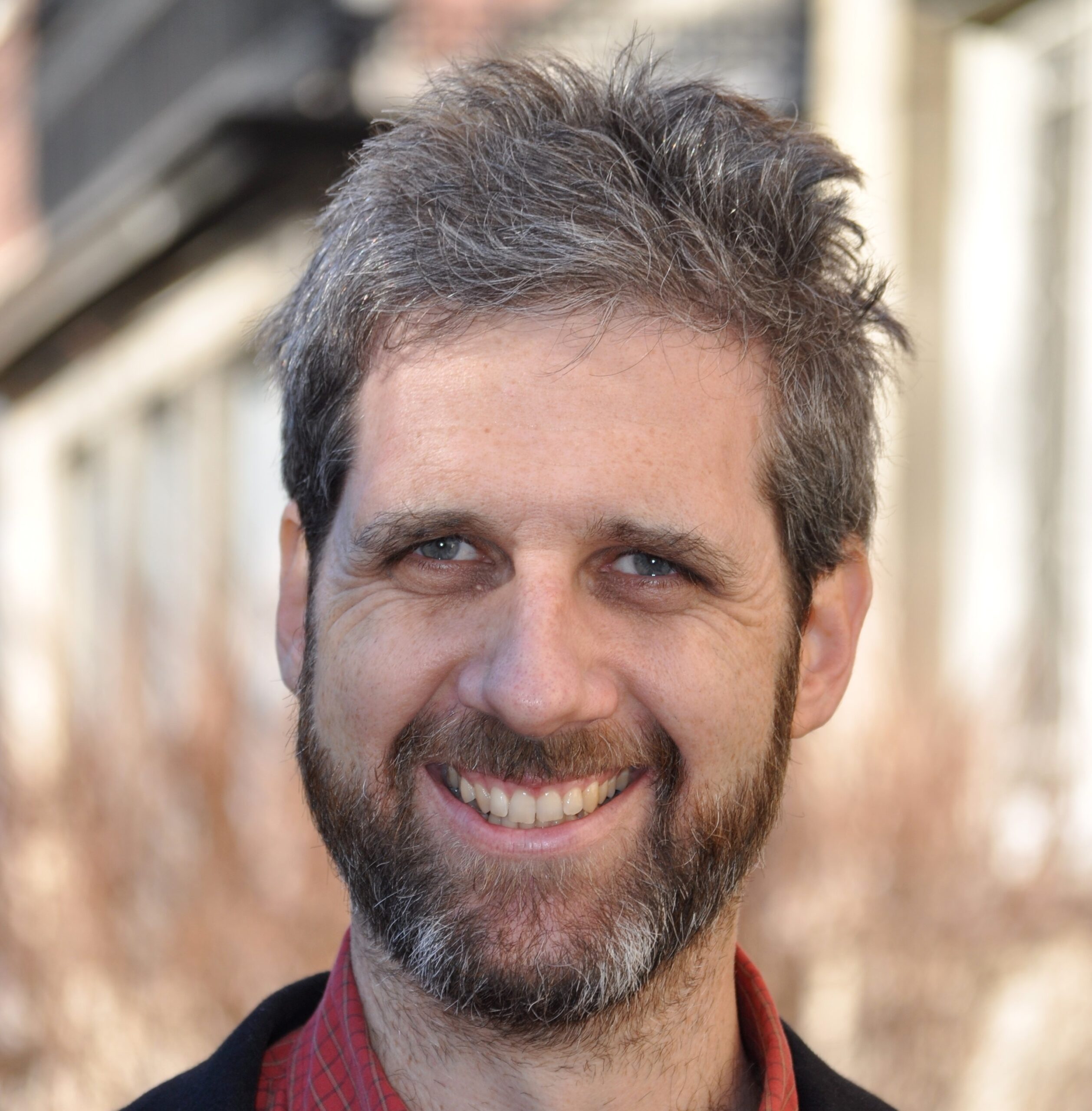In the last 12 months, the chances are you’ve received misinformation about COVID-19 through your social media accounts or messaging channels such as WhatsApp and WeChat. A study in Singapore found that six in 10 participants received fake news about COVID-19 via social media and that such news had a role to play in triggering panic-buying and social anxiety. You may even have passed on misinformation yourself. The volume and speed with which we receive information via social media makes fact-checking for credibility and validity near impossible, especially when we compare it with how easy it is to share.
Singapore has moved fast to constrain fake news through regulation. In April 2019, Singapore’s Prime Minister Lee Hsien Loong declared that fake news was a distinct and specific problem that must be curbed before it affects society. A month later, The Protection from Online Falsehoods and Manipulation Act (POFMA)l was passed by the country’s Parliament to prevent the spread communication of false statements and to safeguard the country against information manipulation. Of more than 50 corrections issued under POFMA in the last year, half are related to COVID-19.
“Information media and the media ecosystem itself is getting soiled with the leakage of so much wrong, incorrect and inaccurate information,” according to Professor Gita Johar, Meyer Feldberg Professor of Business at Columbia Business School, speaking at the plenary discussion of the Understanding Risk 2020 Forum (UR2020). She was one of five experts in the “Fact, Fiction, Fixation: Communicating risk amidst misinformation” panel hosted by the LRF Institute for the Public Understanding of Risk (IPUR) and moderated by Dr Olivia Jensen, Lead Scientist (Environment and Climate) at IPUR. It featured a diverse set of speakers who drew on their expertise and experiences in various fields to present a rich and insightful discussion:
- Prof Gita Johar, Meyer Feldberg Professor of Business at Columbia Business School
Prof Johar highlighted certain motivations of fake news sharers revealed by the research she has conducted in this area. Some want to feel importance or gain influence in their social network while others want to build or maintain status – to be a source of “news and information” for others. She added that the constant spreading and sharing of false information makes it near impossible for fake news tracking algorithms to flag every “share” on online platforms.
David Fogarty echoed similar sentiments and pointed out that the fake news landscape is changing all the time, and that the speed of circulation means that it’s challenging to protect people from encountering falsehoods and disinformation.
Do people then really care about the credibility and legitimacy of news and information they consume on a daily basis?
According to one particular finding from the Lloyd’s Register Foundation and Gallup World Risk Poll shared by Sarah Cumbers, 57% of people said they were worried about false information circulating on the Internet or social media. Certainly more can be done to empower people through education and training to equip people with skills to be able to question the validity of information they see online. The findings of the World Risk Poll are based on over 150,000 interviews in 142 countries including places where little or no official data exists.
Diving into fake news circulating in social media, Woo Qiyun, who runs a popular Instagram account championing climate change and sustainability, spoke about how these platforms popular among young people can actually help plug gaps in misinformation. As an advocate on environmental issues, Qiyun often receives questions for clarification on climate-related topics from her Instagram followers. She uses these as opportunities to design eye-catching visuals based on sound research.
Dr Wong presented a compelling research project she is currently involved in as part of the ongoing efforts to combat fake news. Her project sees her inoculating people against fake news by equipping them with “mental antibodies” to be resistant to misinformation. Very much like how a vaccine works, the idea is to introduce a weakened version of a fake news article to participants to help them to trigger these mental antibodies against techniques of fake news.
Taking the project a step further, participants will also step into the shoes of fake news creators to give them a better sense of how the process works and to develop even stronger mental antibodies.
The session sought to highlight the impact of misinformation on how people perceive and manage risks, and assess the options for risk communicators seeking to counter fake news and its harmful effects, and to chart a way forward to build greater trust, cooperation and resilience among the public.
The Understanding Risk forum is a biennial conference that convenes experts and practitioners from all around the world to showcase the practices and latest innovations in the field of disaster risk identification as well as to facilitate non-traditional interactions and partnerships.


